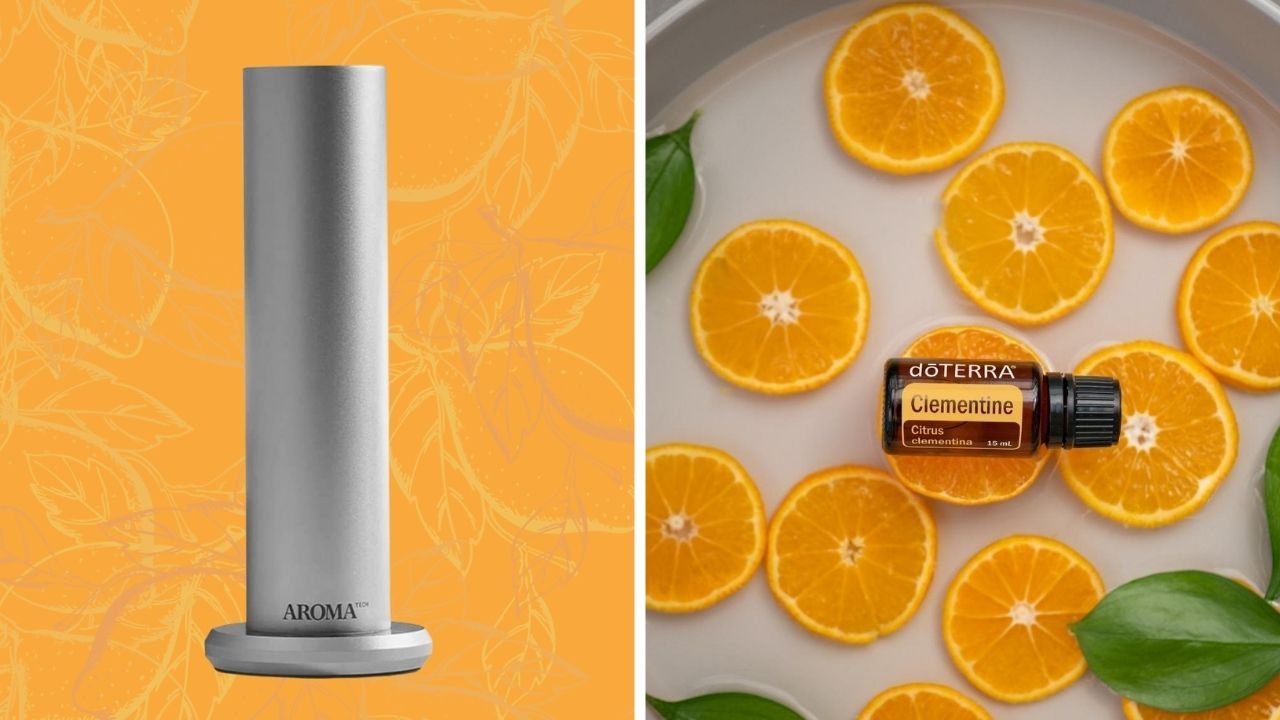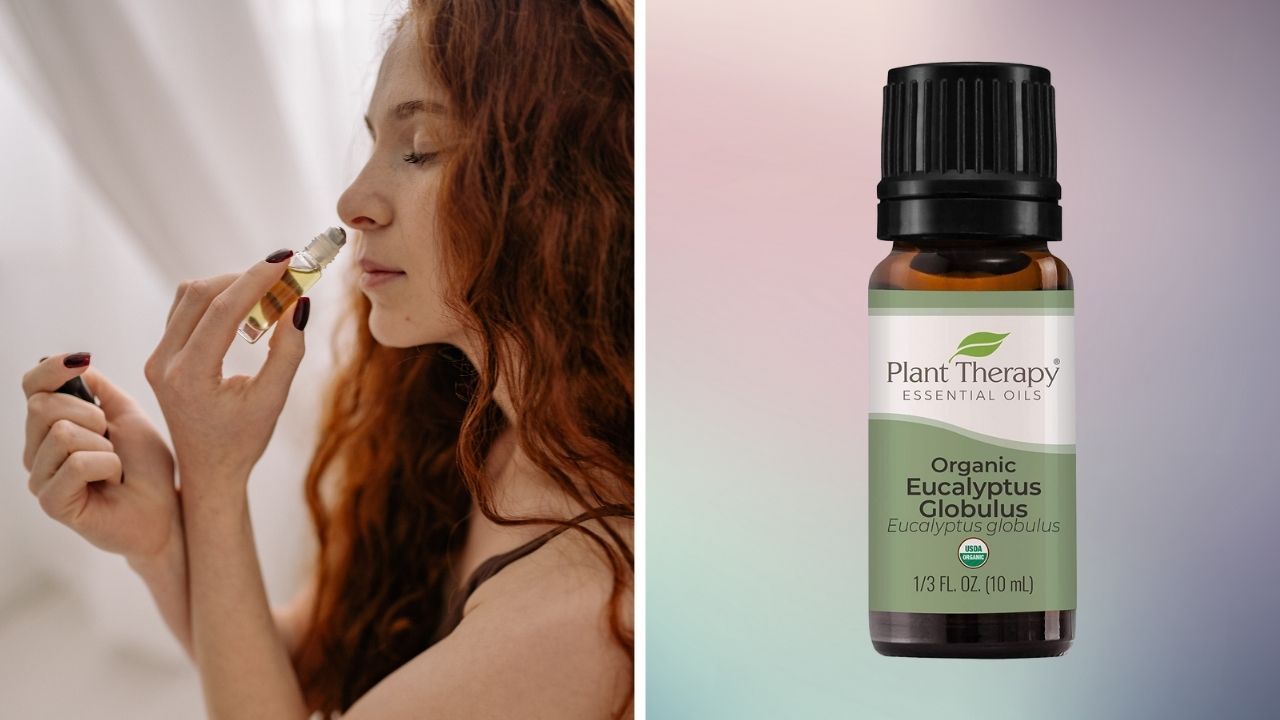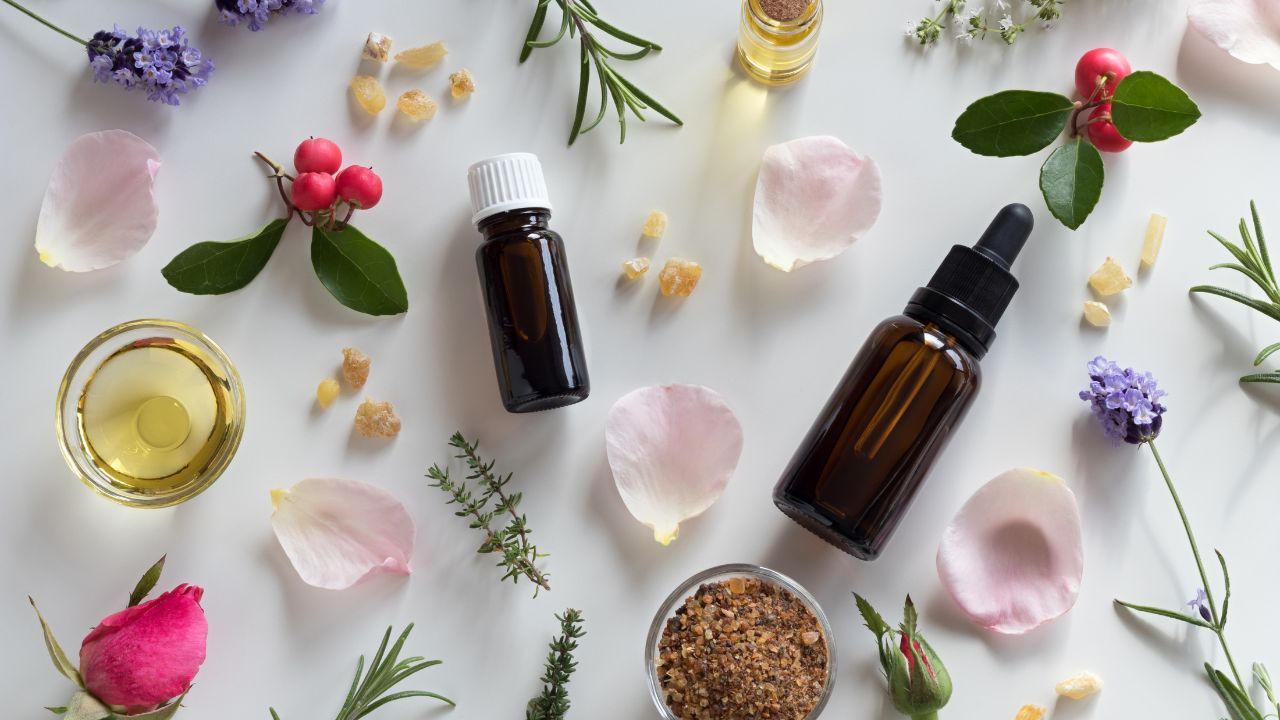
What is a Nebulizing Diffuser and Why You Need One Now!
What is a nebulizing diffuser and why should you consider one? Dive into our comprehensive article to find out!
You've probably come across the term 'nebulizing diffuser' while shopping for essential oil diffusers or researching about aromatherapy.
But what exactly is a nebulizing diffuser? Why is it important to understand this term?
In this article, we're going to demystify the nebulizing diffuser for you. Think of it as a journey – one where we'll explore the world of diffusers together, and by the end, you'll be an expert on the topic!
Disclosure: We only recommend things we’ve personally used or come highly recommended by trusted peers. Using one of our referral links might give us a small commission which helps support this website at no additional cost to you. If you’d like to learn more check out our disclaimer page.
Understanding Diffusers
Before we dive into the specifics of nebulizing diffusers, let's take a step back and look at the bigger picture.
- It's like a tiny, personal cloud maker, only instead of producing clouds, it fills your room with the soothing aroma of your favorite essential oils.
There are various types of diffusers available in the market, each with its unique functionality. The most common ones include ultrasonic diffusers, heat diffusers, evaporative diffusers, and of course, our star of the day, nebulizing diffusers.
- Ultrasonic Diffusers: These use water and essential oils to create a cool mist of water/oil molecules that are then released into the air. Picture it as a mini indoor fountain that also makes your room smell fantastic.
- Heat Diffusers: As the name suggests, these diffusers use heat to evaporate the essential oils and disperse them into the air. It's like gently simmering a pot of fragrant soup on the stove, filling your entire house with its aroma.
- Evaporative Diffusers: These simple devices use a pad or filter to soak up the essential oil. A fan blows air through this pad or filter causing the oil to evaporate at a faster rate. Imagine it as a high-tech version of hanging a scented sachet in your closet.
Each type has its pros and cons, and the choice depends on your specific needs and preferences.
However, today our focus is on nebulizing diffusers – a unique type that many believe to be the most effective way to experience the benefits of essential oils.
So, let's get to know more about it!
The Nebulizing Diffuser: A Deep Dive
Alright, so what is a nebulizing diffuser?
Think of it like a perfume atomizer. You know how when you spray perfume, it creates a fine mist that carries the scent? That's exactly what a nebulizing diffuser does with essential oils!
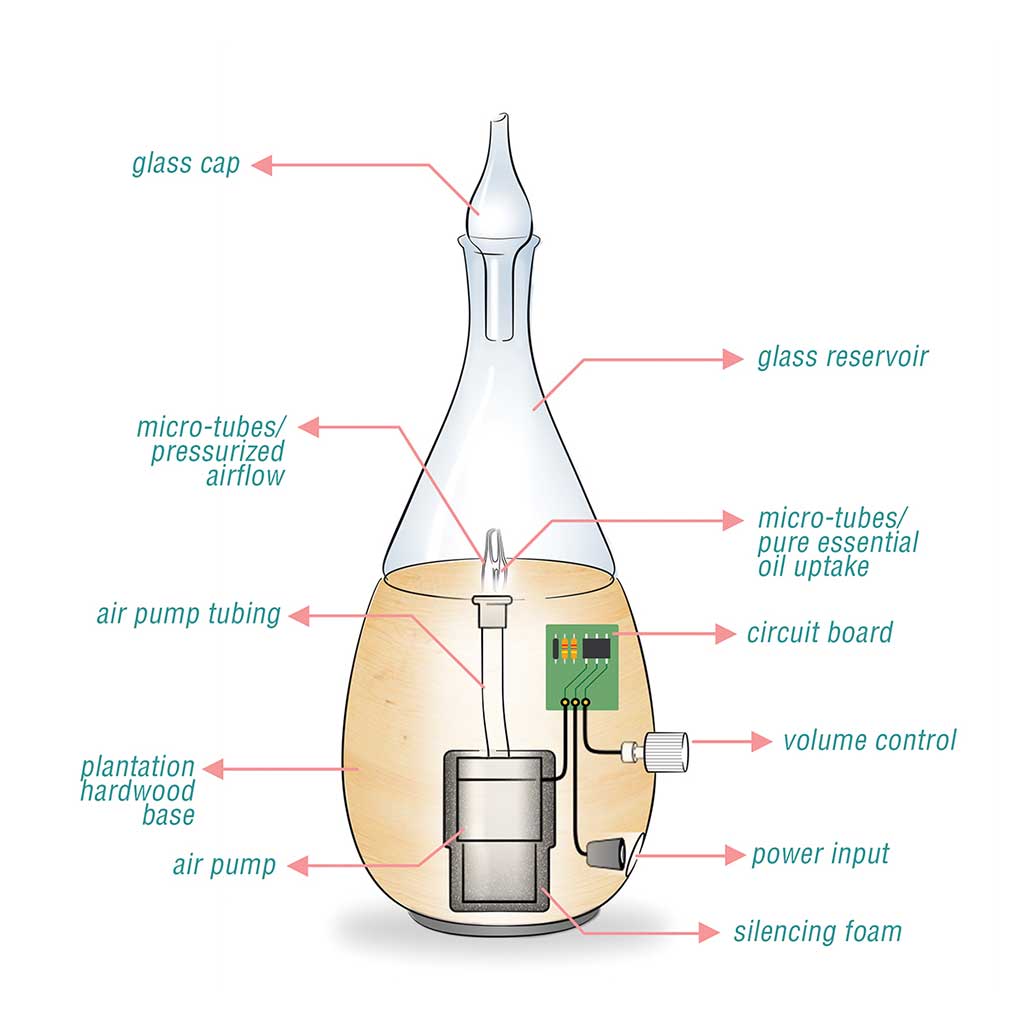
- A nebulizing essential oil diffuser works by using an air pump to create a vacuum effect, pulling the essential oils up through a small tube.
- The oils are then blown out as tiny droplets or a 'nebula' (hence the name 'nebulizing') into the room.
It's like watching a mini tornado of fragrance being created right in your living room!
Benefits of Using a Nebulizing Diffuser
Now that we understand what a nebulizing diffuser is and how it works, let's explore why you might want to use one.
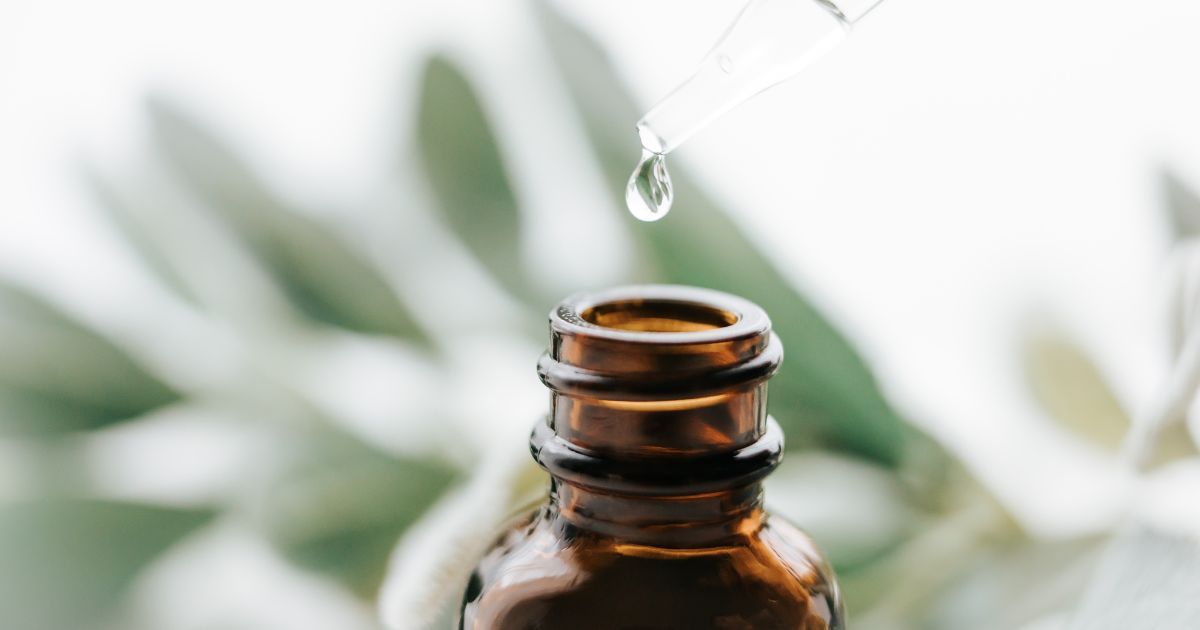
- Health Benefits: Since a nebulizing diffuser doesn't use heat, the structure of the essential oils isn't altered, preserving their therapeutic properties. Imagine it as serving fresh juice instead of a canned one - the nutritional value is much higher, right?
- Environmental Advantages: Nebulizing diffusers don't require water or heat, making them more energy-efficient than other types. Think of it as biking to work instead of driving - it's a small change, but it's better for the environment.
- Therapeutic Effects: The fine mist produced by a nebulizing diffuser can be more easily absorbed by your body, potentially offering greater therapeutic benefits. It's like getting a massage with deep pressure – it reaches those hard-to-get spots, providing deeper relief.
Nebulizing Diffuser vs. Other Types of Diffusers
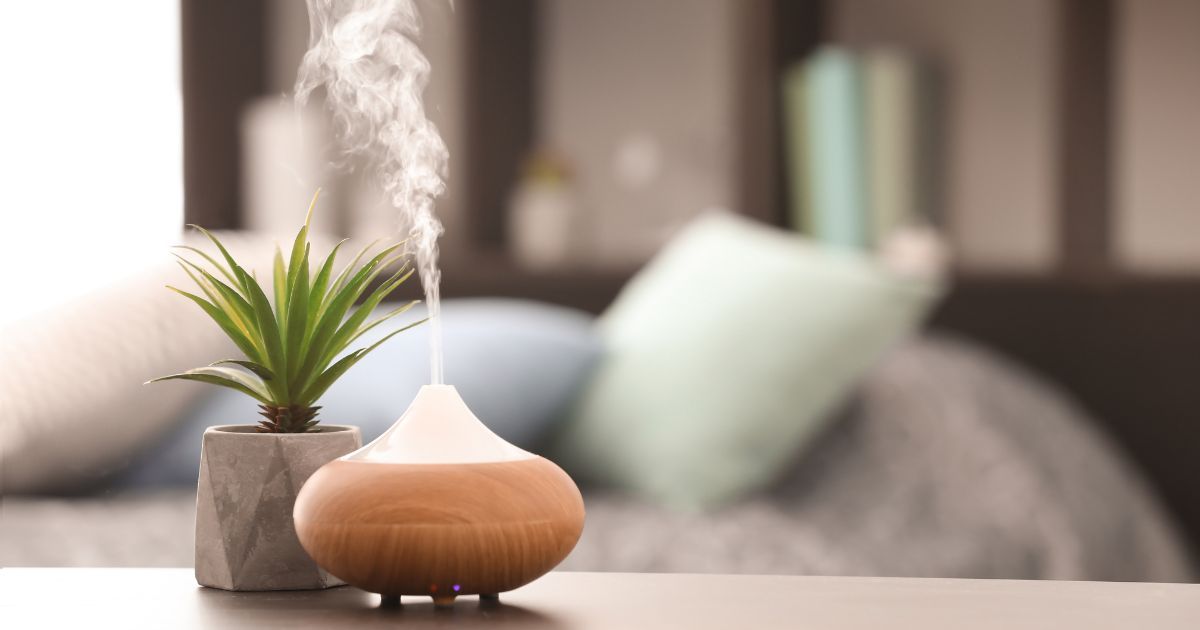
Now, let's compare nebulizing diffusers with other types of diffusers.
- Ultrasonic Diffuser: While these are often cheaper and quieter than nebulizing diffusers, they do dilute the oils with water, which may diminish the potency of the aroma and therapeutic benefits.
- Heat Diffuser: These diffusers can change the chemical composition of the oils due to the heat used, potentially reducing their therapeutic benefits. Plus, they can pose a fire risk if not monitored properly.
- Evaporative Diffuser: These diffuse only a part of the oil at a time—the lighter parts first and the heavier parts later—which may result in an inconsistent aroma and therapeutic experience.
In contrast, nebulizing diffusers deliver a consistent, potent aroma and preserve the integrity of the essential oils, offering potential health benefits.
However, they can be noisier and more expensive than other types.
Like most things in life, each type has its pros and cons, and the best choice depends on what you value most.
How to Choose the Right Nebulizing Diffuser
Choosing a nebulizing diffuser is like picking out a new pair of shoes – you need to consider several factors to ensure it's the right fit for you.
- Material: Look for diffusers made from high-quality materials like glass and wood, which are more durable and less likely to react with essential oils. It's like choosing leather over plastic for your shoes - better quality, longer-lasting.
- Noise Level: Some nebulizing diffusers can be a bit noisy due to the air pump. If you're planning to use it while sleeping or working, check the noise level.
- Room Size: Consider the size of the room where you'll use the diffuser. Larger rooms may require a diffuser with a stronger output.
- Design: Since the diffuser will likely be in a visible location, choose one that matches your home decor.
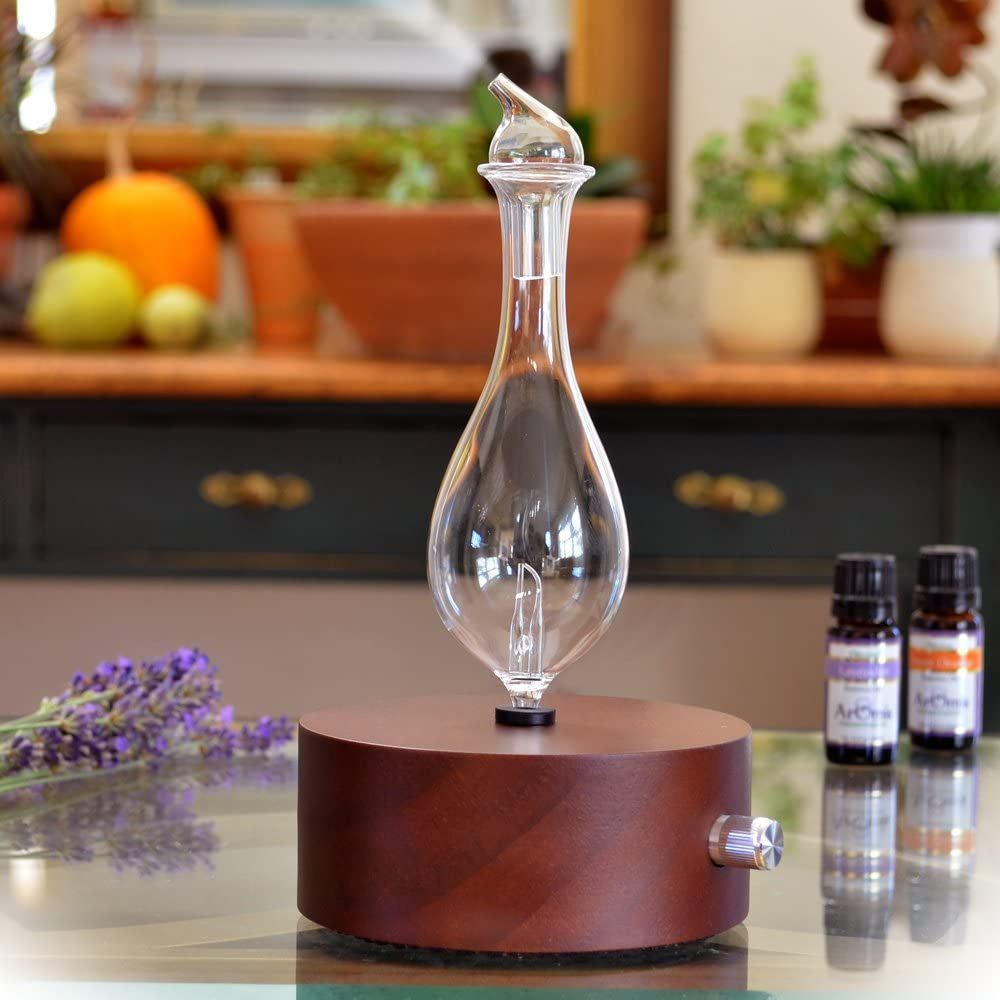
How to Use a Nebulizing Diffuser
Step 1: Assemble the Diffuser Most nebulizing diffusers come in two main parts: the base (which contains the motor) and the glass reservoir where you put the essential oils. Make sure the glass reservoir is securely attached to the base.
Step 2: Add Essential Oils Remove the top part of the glass reservoir (usually a cap or a small glass piece). Add a few drops of your chosen essential oil into the reservoir. Be careful not to overfill past the fill line, if there is one. The amount of oil you use will depend on your personal preference and the size of the room, but generally, 10-25 drops is a good starting point.
Step 3: Replace the Top Once you've added the oil, replace the top part of the glass reservoir.
Step 4: Connect to Power Connect your nebulizing diffuser to a power source. This might be by plugging it into an electrical outlet or attaching a USB cable, depending on your specific model.
Step 5: Adjust Settings Turn on the diffuser. Some models have adjustable settings that allow you to control the intensity of the aroma and the duration of the diffusion cycle. You can adjust these as per your preference.
Step 6: Enjoy the Aroma Now, all you have to do is sit back and enjoy the aroma. The diffuser will nebulize the essential oils and disperse them into the room as a fine mist.
Remember, every diffuser is a little different, so your particular model might have additional steps or features. Always refer to the user manual for specific instructions.
How to Clean a Nebulizing Diffuser
Regular cleaning is essential for keeping your nebulizing diffuser in good working order. Here's a step-by-step guide:
Step 1: Disconnect from Power Before you start cleaning, make sure to disconnect the diffuser from its power source. This will ensure safety while cleaning.
Step 2: Remove the Glass Reservoir Carefully remove the glass reservoir from the base of the diffuser. This is where the essential oil is stored and is typically the part that requires the most cleaning.
Step 3: Empty the Reservoir If there's any leftover oil in the reservoir, pour it out.
Step 4: Clean with Alcohol Fill the reservoir about halfway with isopropyl alcohol (rubbing alcohol). Swirl it around gently to loosen any oil residue. If your diffuser has a glass cap or tube, clean this with alcohol as well.
Step 5: Rinse Out the Alcohol After you've swirled the alcohol around, pour it out. Then, rinse the reservoir with warm water. Make sure to remove all traces of the alcohol.
Step 6: Dry Thoroughly Let the reservoir air dry completely. It's important to ensure no moisture remains before you use the diffuser again.
Step 7: Reassemble Once all the parts are completely dry, you can reassemble the diffuser.
Remember, always refer to the cleaning instructions provided by the manufacturer of your specific diffuser model. Some parts may not be water-resistant, and some models may require additional care.
Always handle your diffuser carefully, especially the glass components which can be fragile.
Regular cleaning will help prolong the life of your diffuser and ensure the best performance.
Bottom Line
We've covered a lot of ground together in this article, from understanding what a nebulizing diffuser is and how it works to exploring its benefits and learning how to choose, use, and maintain one.
In conclusion, an essential oil nebulizer can be a great addition to your home or office, providing not only a pleasant aroma but also potential health benefits.
However, remember to consider factors like material, noise level, room size, and design when choosing one.
We hope this guide has been helpful and has made the world of nebulizing diffusers a little less nebulous. Happy diffusing!
Recommended For You...
